7 Chakras – The Journey Through Unlocking Your Inner Power
The concept of chakras has been around for thousands of years and is central to many ancient Eastern philosophies, including Hinduism and Buddhism. The word ‘chakra’ comes from Sanskrit and means ‘wheel’ or ‘circle’.
Chakras are believed to be centers of energy in the body, and there are seven main chakras that run along the spine. Each chakra is associated with a different color, element, and aspect of our being. In this blog, we will explore the seven chakras of our body, their significance, and how we can balance them.
Table of Contents
The Yogic Philosophy of Chakra

The word “chakra” first appeared a long time ago in the Hindu Vedas. It was used to describe a powerful king who had control over his empire from a center point. Later, people used symbols like squares, circles, triangles, and half moons to represent chakras.
In old Hindu texts such as the Rigveda, Taittiriya Upanishad mentions about different breath channels in the body, but not the same chakras we talk about today. Some scholars believe that a goddess mentioned in the texts might have been the start of the idea of chakras.
It wasn’t until later, in Buddhist texts, that people started talking about inner energy centers called chakras. Some Buddhist texts only mention four chakras, while later Hindu texts talk about many more. So, chakras have been talked about for a long time, but people have different ideas about what they are and how many there are.
Where Are the Chakras Located?

Each chakra is associated with different physical, emotional, and spiritual aspects, and is said to influence different parts of the body and mind. The chakras are believed to be energy centers in the body according to ancient Indian traditions such as yoga and Ayurveda. Seven main chakras that are typically defined by their location in our body:
- Root Chakra: Located at the base of the spine
- Sacral Chakra: Located in the lower abdomen, just below the navel
- Solar Plexus Chakra: Located in the upper abdomen, in the area of the diaphragm
- Heart Chakra: Located in the center of the chest
- Throat Chakra: Located at the base of the throat
- Third Eye Chakra: Located in the forehead, between the eyes
- Crown Chakra: Located at the top of the head
How To Balance Our Chakras?
Balancing the chakras is a process that may take time and consistent practice. It’s also important to consult a qualified practitioner before attempting any new healing techniques. There are various techniques that are commonly used to balance and align the chakras. Here are some of the most popular ones:
- Meditation: Focused meditation on each chakra can help to open and balance it.
- Yoga: Certain yoga poses are specifically designed to stimulate and balance the chakras.
- Sound Healing: Using sound vibrations such as chanting or singing bowls can help to balance the chakras.
- Asanas: Asana practice is one of the best way to enhance our physical and mental drawbacks and balance them.
- Pranayama: There are various types of pranayama or breathing techniques exist through which we can balance and rejuvenate our chakras.
- Aromatherapy: Essential oils can be used to balance the chakras through inhalation or topical application.
- Reiki: A form of energy healing that involves channeling healing energy to the chakras.
- Crystals: Certain crystals are believed to have properties that can help balance the chakras, and can be placed on or near the chakra points during meditation or energy healing sessions.
Chakras Relation with Nadis
Have you heard of something called nadis? They’re like special channels in our body that help energy flow. They’re shaped like triangles, and they’re called chakras because they help us move from one level to another. But even though they’re called circles, they’re actually triangles!
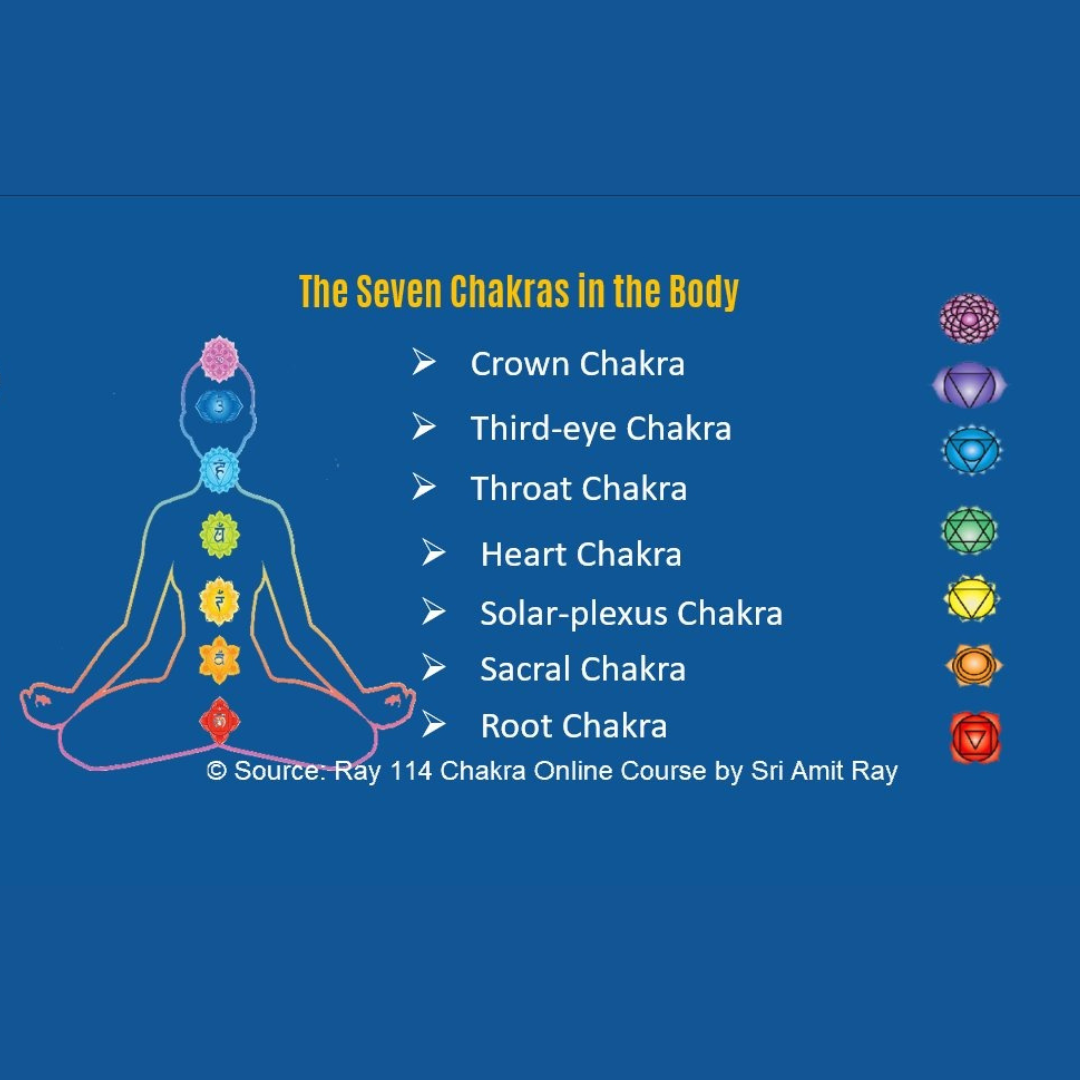
There are 114 chakras in our body, but only 112 can be worked on. The number 108 is really important because it’s the same distance between the Earth and the Sun, and the Earth and the Moon! That’s why 108 is special in spiritual practices.
Out of these 112 chakras, they arrange themselves into seven different levels, and each level has 16 parts. But instead of talking about all 112 chakras, people usually only talk about the seven main ones. These seven chakras are important for different types of yoga.
So remember, chakras are like special channels that help energy flow, and there are seven main ones that are super important for yoga!
Root Chakra (Muladhara)
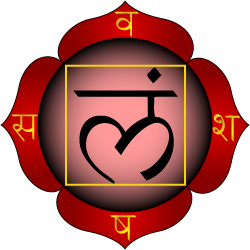
The root chakra is located at the base of the spine and is associated with the color red and the element of earth. This chakra is related to our basic survival needs such as food, shelter, and safety. When the root chakra is balanced, we feel grounded, stable, and secure. However, if it is blocked or unbalanced, we may experience anxiety, fear, or a sense of instability.
Sacral Chakra (Svadhisthana)
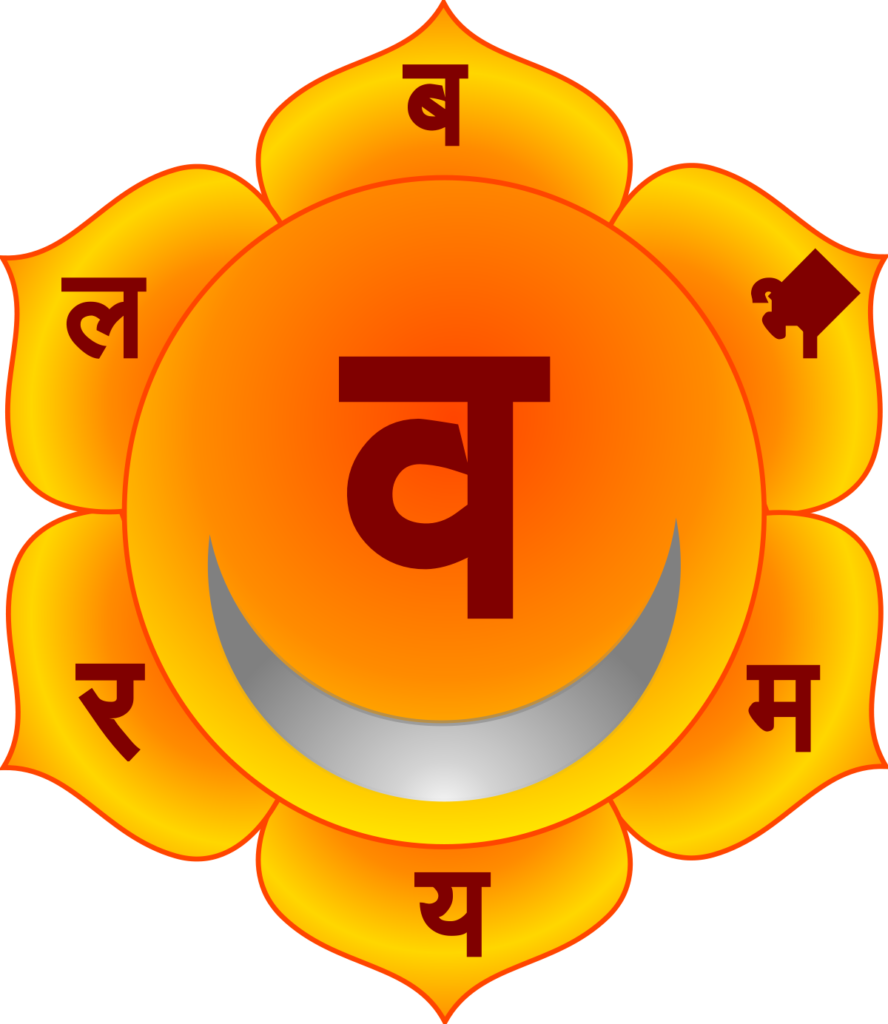
The sacral chakra is located just below the navel and is associated with the color orange and the element of water. This chakra is related to our emotional and creative energy. When the sacral chakra is balanced, we feel passionate, creative, and in touch with our emotions. However, if it is blocked or unbalanced, we may experience emotional instability or a lack of creativity.
Solar Plexus Chakra (Manipura)
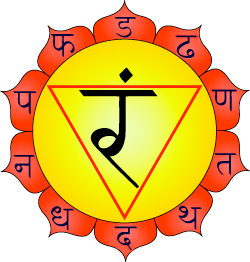
The solar plexus chakra is located above the navel and is associated with the color yellow and the element of fire. This chakra is related to our personal power and confidence. When the solar plexus chakra is balanced, we feel confident, motivated, and assertive. However, if it is blocked or unbalanced, we may experience low self-esteem or a lack of motivation.
Heart Chakra (Anahata)
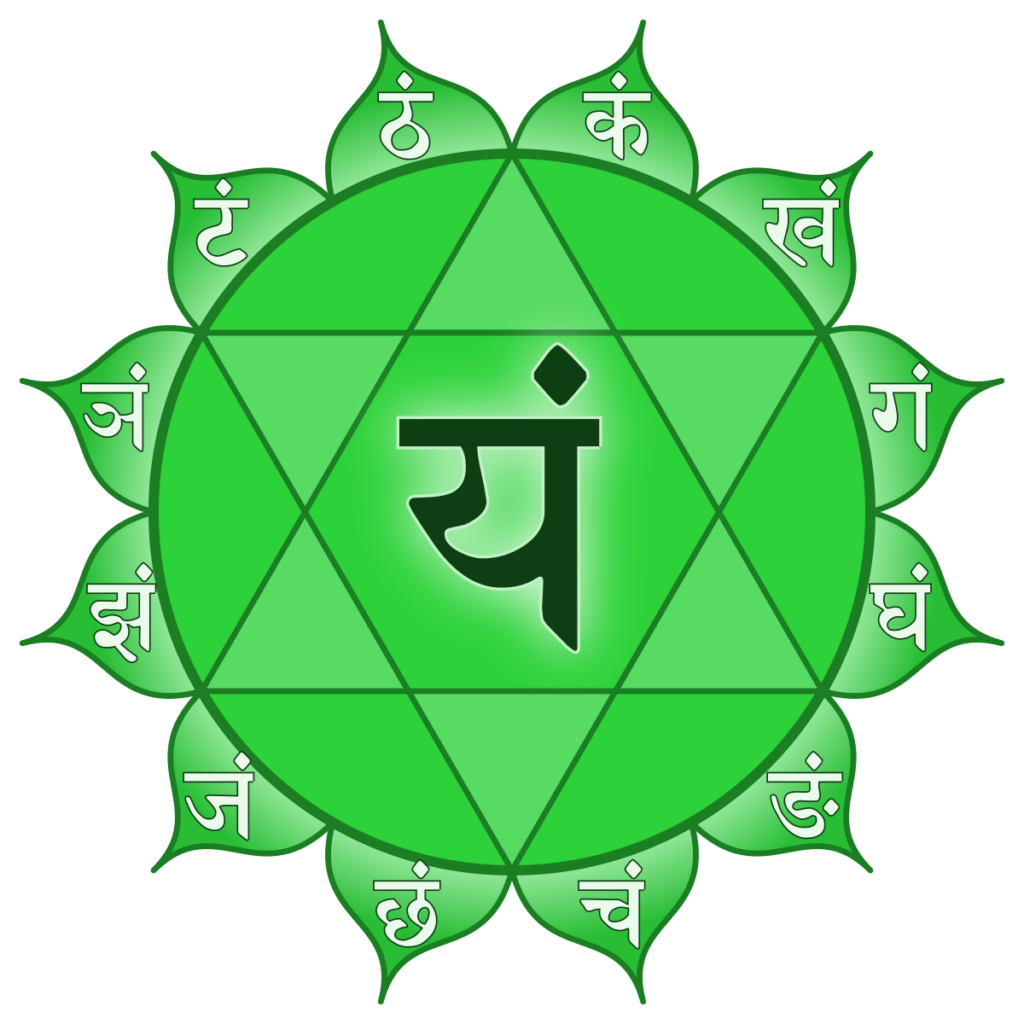
The heart chakra is located in the center of the chest and is associated with the color green and the element of air. This chakra is related to love, compassion, and connection. When the heart chakra is balanced, we feel loving, empathetic, and connected to others. However, if it is blocked or unbalanced, we may experience feelings of isolation, bitterness, or anger.
Throat Chakra (Vishuddha)
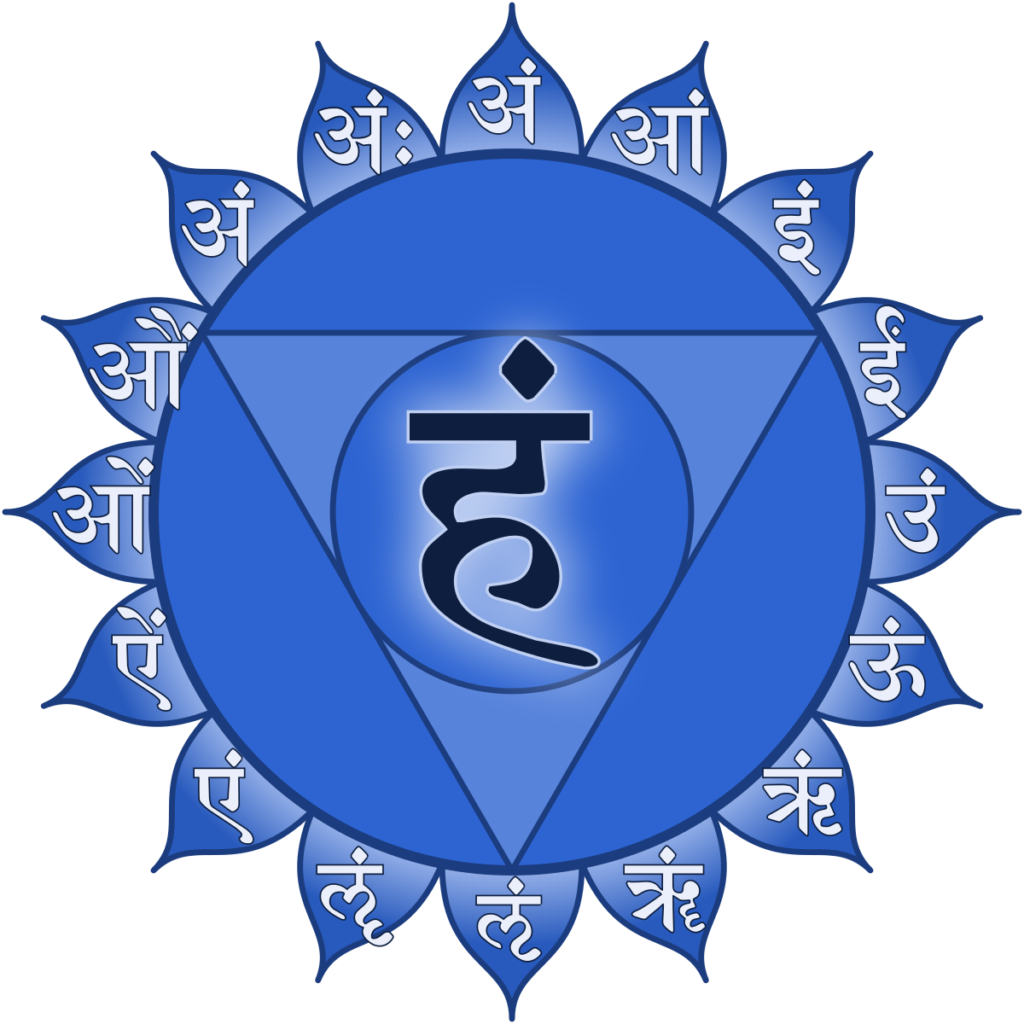
The throat chakra is located at the base of the throat and is associated with the color blue and the element of sound. This chakra is related to our communication and self-expression. When the throat chakra is balanced, we can communicate clearly and express ourselves authentically. However, if it is blocked or unbalanced, we may experience difficulty expressing ourselves or speaking our truth.
Third Eye Chakra (Ajna)
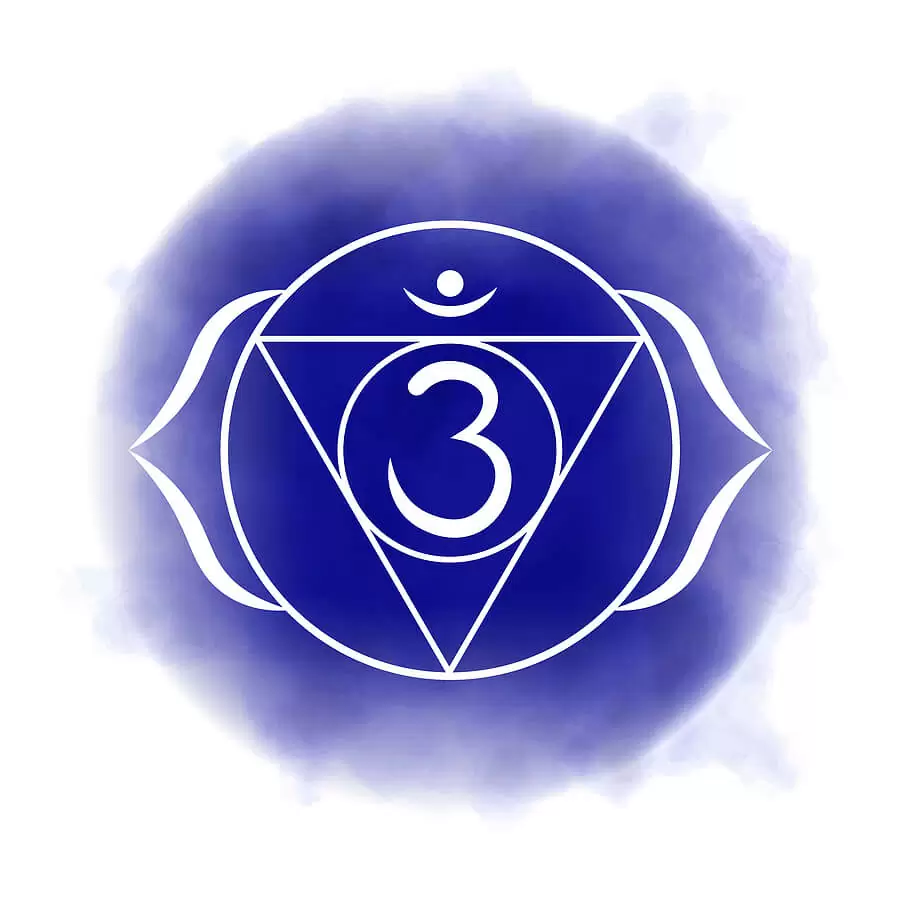
The third eye chakra is located in the center of the forehead and is associated with the color indigo and the element of light. This chakra is related to our intuition and inner wisdom. When the third eye chakra is balanced, we have a clear sense of intuition and can trust our inner guidance. However, if it is blocked or unbalanced, we may experience confusion or a lack of clarity.
Crown Chakra (Sahasrara)
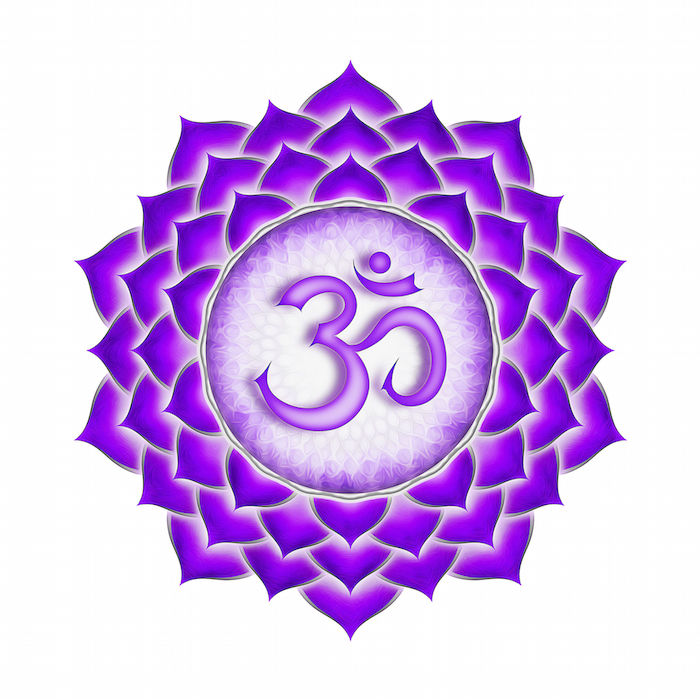
The crown chakra is located at the top of the head and is associated with the color violet and the element of thought. This chakra is related to our connection to the divine or higher consciousness. When the crown chakra is balanced, we feel a sense of unity with all things and a deep sense of peace. However, if it is blocked or unbalanced, we may experience a sense of disconnection from the world around us.
The Journey Through Unlocking Your Inner Power – Muladhara to Sahasrara

- Spiritual paths are like journeys that we take to become better versions of ourselves. It’s like climbing a ladder that has seven different steps, and each step is more intense than the previous one.
- The first step is called the Muladhara, and the last one is called the Sahasrara. To reach the top step, we need to go through all the other steps first. It’s like a game where we have to go through different levels to win.
- To go from the Muladhara to the ajna, there are many ways and things we can do, but to go from ajna to Sahasrara, there’s no specific path. We have to either jump or fall into a bottomless pit. This is called “falling upward.”
- But some people get stuck at the middle step, called ajna, for a long time because they’re scared to take the jump. That’s why it’s important to have a guru, or a spiritual teacher, to guide us and help us trust in ourselves.
Conclusion
In yoga, they say that unless we are willing to fall upward, we won’t be able to reach the top step. This is why some people who follow spiritual paths end up thinking that peace is the highest goal, but that’s not true. We can become so happy and joyful that we see everything as a big joke!
So, if you want to go on a spiritual journey, remember that it’s like climbing a ladder with seven steps. You have to go through all the steps, and sometimes you have to take a big jump to get to the top. But don’t worry, you can trust your guru to help you!
References
- Prabhananda, S. (2000). Studies on the Tantras (Second reprint ed.). Calcutta: The Ramakrishna Mission Institute of Culture. ISBN 81-85843-36-8.
- Saraswati, Swami Sivananda (1953–2001). Kundalini Yoga. Tehri-Garhwal, India: Divine Life Society. foldout chart. ISBN 81-7052-052-5.
- Goswami, Shyam Sundar. Layayoga: The Definitive Guide to the Chakras and Kundalini, Routledge & Kegan Paul, 1980.
- Apte, Vaman Shivram (1965). The Practical Sanskrit Dictionary (fourth revised & enlarged ed.). Delhi: Motilal Banarsidass. ISBN 81-208-0567-4.
- ऋग्वेद: सूक्तं १.१६४, verse ॥११॥, Rigveda, Wikisource
- Jones, Constance; Ryan, James D. (2006). Encyclopedia of Hinduism. Infobase Publishing. p. 102. ISBN 978-0-8160-7564-5.
